Susan Johnson is the guest blogger today at DietsInReview.com. She is the mastermind behind Susan’s Healthy Gourmet, a meal delivery service with a focus on nutrition and quality. Susan lives in Southern California, where she actively pursues a healthy lifestyle and has a passion for sharing that knowledge with others.

Many moms-to-be think, “Hey, now I’m eating for two, so nothing is off limits!” Not true! You only need about 300 more calories a day. Three meals and two snacks a day will keep both you and your little one healthy and provide you with enough energy to enjoy the next nine months. 
First the basics: Stick to lean meats, fresh fruit, colorful vegetables, brown rice & wheat pastas. Choose low-fat dairy products, and keep hydrated with plenty of water. Limit your caffeine and sweetened beverages. Choose healthy fats like olive oil, nuts, avocados, seeds and peanut butter. Find a low-fat salad dressing you really like. For fish, salmon is your best bet. Avoid raw fish, and fish high in mercury, such as swordfish and solid white albacore tuna.
Here are a few tips to help you plan what you should be eating while pregnant:
Breakfast. One of our favorite recommendations for an easy breakfast or snack is a smoothie. Blend low or nonfat yogurt with fresh fruit and ice. If you are feeling nauseous, you can slowly sip this treat over time. Our favorite combinations include peanut butter and banana, and strawberry banana. Another quick tip – if you cut and freeze the fruit in chunks and put in baggies, it’s cold enough that you don’t need the ice. It’s great to add juice to your smoothie, but opt for fresh squeezed when possible and for more anti-o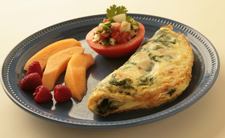 xidants, try pomegranate juice.
xidants, try pomegranate juice.
Eggs are Important. One of the best foods for you and your baby are eggs. They contain choline, which helps promote brain development and memory function early in life while adding variety to your daily menu. Keep fresh veggies on hand to make hearty omelets.
Snacking. Try these healthy recommendations:
1. Hummus with wheat pita chips and fresh veggies.
2. Feel like a kid again and make Ants on a Log – celery sticks stuffed with peanut butter and topped with raisins or dried cranberries.
3. Nibble on healthy nuts – these great treats have lots of calories, so keep your portion small.
4. Keep some healthy granola bars like Kashi on hand for a quick pick-me-up. 5. Make your own yogurt parfaits – layer your favorite flavor of low or nonfat yogurt with berries, peach slices, mango – whatever you like – and top with granola. If you want a dessert, top with a little chocolate syrup and you’ve got a healthy chocolate sundae.
Lunch. Keep lunches easy – turkey sandwiches on wheat with lettuce, tomato and a slice of provolone cheese. Add grapes or an apple and a few carrot sticks and you’ll have lots of energy and feel great.
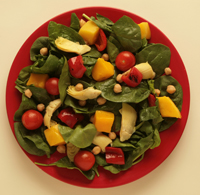 Salads. For lunch or dinner, salads are so versatile! Keep many colorful fruits and vegetables on hand and try different lettuce mixes. Top with seeds and dried blueberries, or grapes, Mandarin oranges and slivered almonds. Add grilled chicken or shrimp and serve with a vinaigrette.
Salads. For lunch or dinner, salads are so versatile! Keep many colorful fruits and vegetables on hand and try different lettuce mixes. Top with seeds and dried blueberries, or grapes, Mandarin oranges and slivered almonds. Add grilled chicken or shrimp and serve with a vinaigrette.
Dinner. For dinner, pair lean meats or salmon with sweet potatoes or brown rice, then add your favorite steamed vegetables and beans. Enjoy wheat pasta tossed with vegetables, chicken, and marinara. Serve with a green salad. For dessert, choose a nonfat sorbet, or an apple with a wedge of cheese.
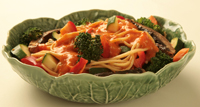 Post-pregnancy
Post-pregnancy
After your baby is born, it’s important for both you and your husband to stay healthy and eat well for the sake of the baby. What can you do to make it easy?
Before the baby arrives, make and freeze homemade soups, your favorite casseroles and crockpot meals in packages for two servings. Take frozen meat out the night before and thaw all day in the refrigerator. Keep grapes frozen as a treat, and buy small one-size serving packs of nuts and other snacks. Buy pre-packaged greens, already prepped fruits and vegetables, and healthy jarred sauces.
If there is a service such as Susan’s Healthy Gourmet where you live, you might consider ordering a week or two of meals to help you out. This is a special time in your life, so enjoy it!

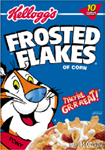 It was just released that upon Michael Phelps’ return to the U.S., for whom he’s won eight gold medals, he will become the poster boy for Frosted Flakes cereal.
It was just released that upon Michael Phelps’ return to the U.S., for whom he’s won eight gold medals, he will become the poster boy for Frosted Flakes cereal.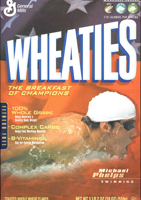 After his medal-sweep in Athens, Michael pitched Wheaties. Which seems very appropriate. The brand conveys, health and strength. Frosted Flakes is far from being the breakfast of any champion. In fact, in the newly-released
After his medal-sweep in Athens, Michael pitched Wheaties. Which seems very appropriate. The brand conveys, health and strength. Frosted Flakes is far from being the breakfast of any champion. In fact, in the newly-released  Basic Food Storage Tips
Basic Food Storage Tips
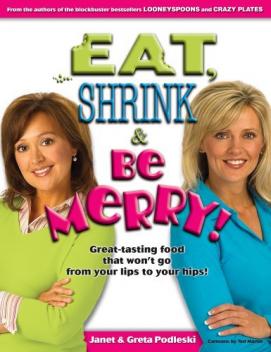 These witty ladies are the funny-bones behind the new tasty and health-conscious cookbook,
These witty ladies are the funny-bones behind the new tasty and health-conscious cookbook,  The book is a fun, colorful and highly informative read that points out the hidden truth behind more than 1,000 “kid” foods you find at the supermarket and on kids’ menus.
The book is a fun, colorful and highly informative read that points out the hidden truth behind more than 1,000 “kid” foods you find at the supermarket and on kids’ menus.
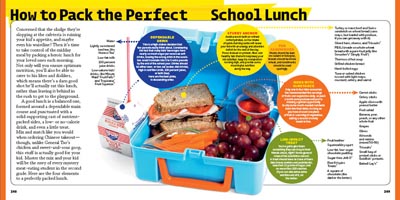
 “You just feel great at the end of the night and when you wake up in the morning,” Kevin Jonas said at a recent stop with his brothers at the White House.
“You just feel great at the end of the night and when you wake up in the morning,” Kevin Jonas said at a recent stop with his brothers at the White House.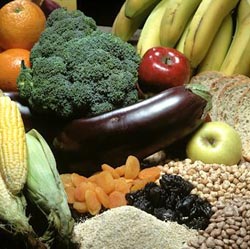
 1. Peaches (highest pesticide
1. Peaches (highest pesticide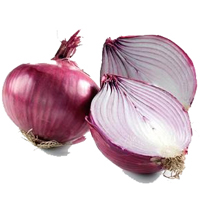 1. Onion (lowest pesticide)
1. Onion (lowest pesticide) Tips for going organic more affordably:
Tips for going organic more affordably: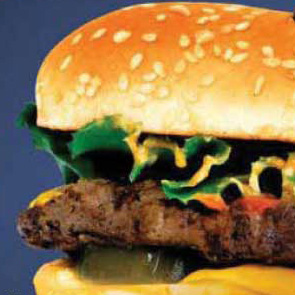


 xidants, try pomegranate juice.
xidants, try pomegranate juice. Salads. For lunch or dinner, salads are so versatile! Keep many colorful fruits and vegetables on hand and try different lettuce mixes. Top with seeds and dried blueberries, or grapes, Mandarin oranges and slivered almonds. Add grilled chicken or shrimp and serve with a vinaigrette.
Salads. For lunch or dinner, salads are so versatile! Keep many colorful fruits and vegetables on hand and try different lettuce mixes. Top with seeds and dried blueberries, or grapes, Mandarin oranges and slivered almonds. Add grilled chicken or shrimp and serve with a vinaigrette. Post-pregnancy
Post-pregnancy Researchers may have stumbled upon an interesting foreshadowing to obesity in adults. Clumsy kids may grow into a life of obesity, if
Researchers may have stumbled upon an interesting foreshadowing to obesity in adults. Clumsy kids may grow into a life of obesity, if